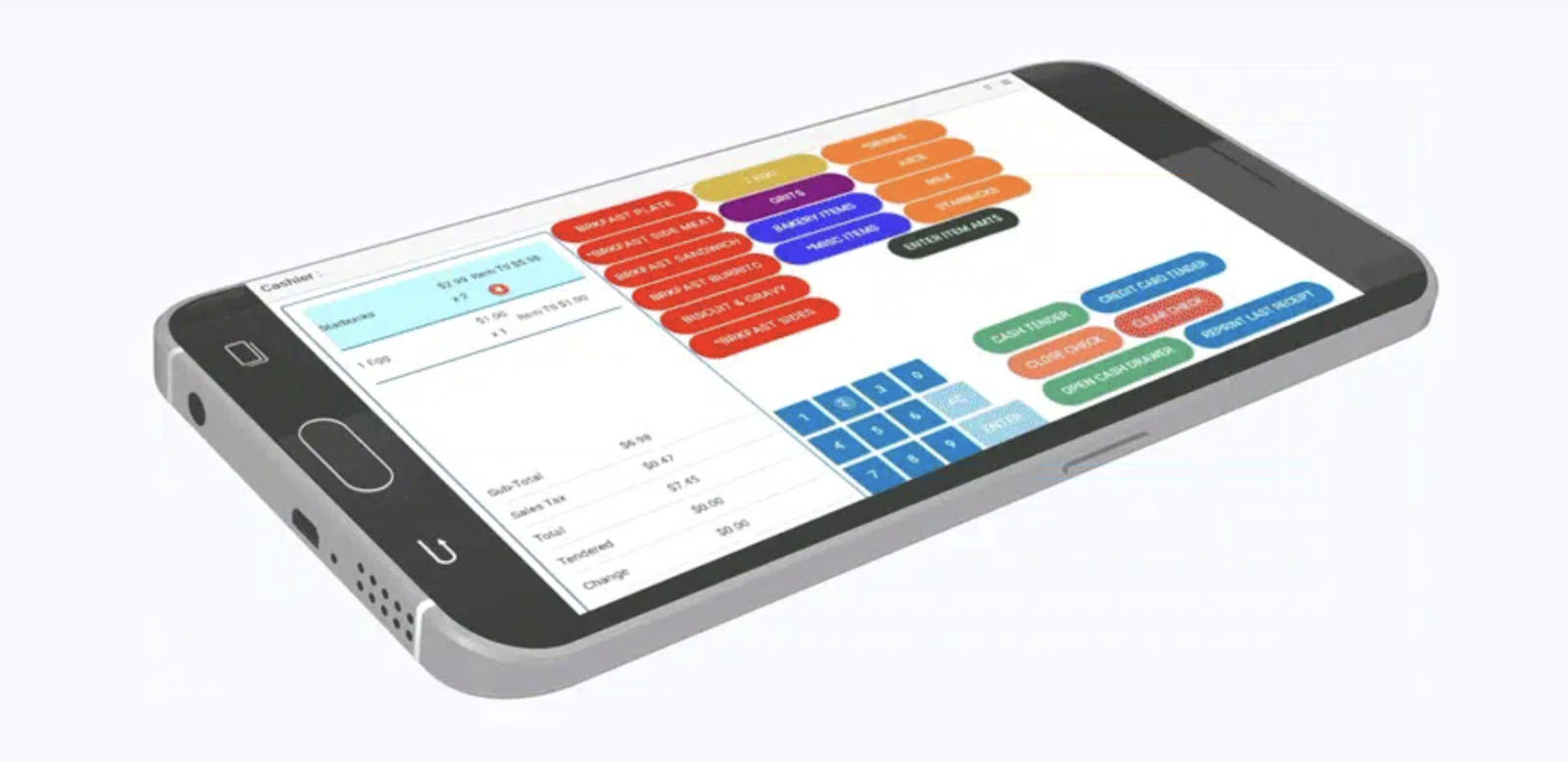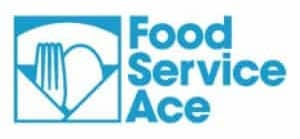Food Service Ace is a cloud-based foodservice management platform that streamlines accounting and management tasks to increase profitability. In our Food Service Ace review, we discuss how this software handles supply chain management, foodservicing, back office accounting, logistics and delivery, and catering needs. Since pricing is unavailable, you’ll have to contact the provider to get a quote. Unfortunately, there are no user reviews about the platform, so we recommend reaching out to the sales team for additional product information.
We are driven by the Fit Small Business mission to provide you with the best answers to your small business questions—allowing you to choose the right restaurant accounting solution for your needs. Our meticulous evaluation process makes us a trustworthy source for accounting software insights. We don’t just scratch the surface; we immerse ourselves in every platform we review by exploring restaurant features down to the finest nuances.
For our roundup of restaurant accounting software, we created a special rubric that evaluates the features of our chosen providers. It gives our audience, restaurant owners and managers, an unbiased opinion about the platform’s capabilities and fit for your organization. This enables you to choose the right restaurant accounting solution for your needs.
Pros
- Forecasts sales based on prior data and view required inventory purchases
- Can use mobile apps while offline
- Streamlines deliveries through foodservice distribution software
- Uses electronic data interchange (EDI) to purchase food through vendors
- Has powerful reporting tools that show theoretical food costs and variances
- Allows for unlimited users
Cons
- Lacks payroll features
- Has no upfront pricing
- Lacks employee scheduling
- Has no support page with tutorial and how-to articles
- Can’t integrate with accounting software
Food Service Ace Alternatives
Food Service Ace Reviews From Users
We haven’t found a Food Service Ace review on popular user review websites like G2.com and Software Advice. The software is featured in Capterra, but it has zero reviews and ratings as of this writing. With that, we excluded the user review score in the total rubric weight and Food Service Ace’s overall score.
Food Service Ace vs Competitors
We compared Food Service Ace with Restaurant365 and MarginEdge. Our evaluation of MarginEdge included a QuickBooks Online integration.
Food Service Ace vs Competitors FSB Case Study
Touch the graph above to interact Click on the graphs above to interact
-
Food Service Ace Quote-based
-
Restaurant365 Starts $435 per location, per month
-
MarginEdge + QuickBooks Online $330 per location, per month plus $90 per month.
Restaurant accounting software prices don’t vary greatly based on our evaluation, and MarginEdge takes the lead in pricing because it’s more affordable than Restaurant365—even after the QuickBooks integration. However, we can’t say the same for Food Service Ace because its pricing isn’t published. Nonetheless, it still managed to get a decent score in pricing because we considered other factors like the capacity of the software, such as number of vendors and customers.
In terms of accounting and restaurant features, Food Service Ace offers necessary features for small restaurants. MarginEdge and Restaurant365 take the lead in accounting and restaurant features, but Food Service Ace still offers decent features such as recipe costing and location tracking.
Restaurant365 is still the leader for restaurant-specific features—but that doesn’t mean it’s suitable for all restaurant sizes. We believe that small restaurants, cafes, and food carts won’t need all the exciting features of Restaurant365. Hence, we recommend either Food Service Ace or MarginEdge for small-scale restaurants and family-owned food businesses.
Overall, we commend Food Service Ace for creating restaurant software that’s flexible. What we like most is its offline feature, which can be useful for food carts without internet connectivity.
Food Service Ace’s pricing is based on the services selected and the number of locations. It’s quote-based, and all packages include a setup fee and a recurring monthly fee. Since it’s quote-based and unavailable without contacting the provider, it received fewer points in our evaluation. The cost includes access to Food Service Ace, complete data backup, and 24/7 access to the help desk. There’s also no limit to the number of users.
Food Service Ace offers decent accounting features, though not as comprehensive as its competitors. Its score is above average, but it could be higher if Food Service Ace added more accounting features like tracking and assigning income and expenses. However, we believe it’s more than enough for small restaurants, bistros, and cafes.
There’s a suite of accounting modules available, and they each integrate fully with the back office, catering, commissary/manufacturing, logistics/delivery, and supply chain modules. With these modules, you can perform accounting tasks like A/R and A/P. Food Service Ace will also import sales data automatically from the POS systems nightly. There are also budgeting capabilities, and you can track capital projects and fixed assets.
The back office modules provide workflow management for efficient ordering, receipt generation, and inventory. Food Service Ace will also reconcile bank accounts automatically and flag missing or mismatched cash or credit card deposits. You have the option of using the cloud-based inventory module or the mobile app, and the system will calculate inventory variances, identifying problem items for further research.
The procurement module sends purchase orders (POs) automatically to vendors via EDI, email, or fax—depending on their preferred method of payment. Food Service Ace will even suggest orders based on sales history and current inventory levels.
The theoretical food cost and key indicator reporting modules are also important features. They enable you to generate variance reports that compare actual food usage to theoretical food usage calculated from the sales and recipe data. Key performance indicator (KPI) reports can be customized to measure such factors as labor hours vs sales, overhead vs direct labor, and cost of goods vs sales.
Food Service Ace offers a fantastic set of restaurant features that managers and owners will love. You can streamline food catering services, plot delivery routes, and integrate with your chosen POS system. However, you can use Food Service Ace’s POS for full compatibility with the system. The only reason it didn’t get a perfect score is because it doesn’t have employee scheduling features, something we believe can help restaurant owners plan shifts, paid time off, and overtime.
Food Service Ace offers catering software that lets you create proposals, collect advance deposits, and send invoices. When preparing for the event, you can schedule commissary stations and reserve on-hand inventory. After the event, you can adjust final invoices and account for advance deposits. However, while these features streamline catering both pre- and post-event, Food Service Ace doesn’t track income and expense by project.
There are currently four mobile apps available, which are available offline: inventory, POS, staff meals, and institution meals. You can download them from App Store and Google Play. When you use these apps offline, the data is stored until you go online, and then the transactions will process. Below is a description of each:
- Inventory: This allows you to create location-specific count sheets.
- POS: This is tablet-based and allows for offline payment processing, menu configuration, and access to a full range of reports. By connecting to Bluetooth, you’ll be able to print customer tickets wirelessly.
- Staff meals: Your staff can order their meals quickly, and the app allows for different forms of payment, such as cash, credit card, or payroll deduction.
- Institution meals: Intended for the movement of meals from kitchen prep to food service, this allows you to fully account for every meal.
Food Service Ace integrates with whatever POS system you’re currently using, but it also has its native POS app. It pulls your financial data, time, and attendance records, and it checks details so that you can make informed decisions. The data feed into sales reports automatically, which are broken down by restaurant, revenue center, meal period, and sales category.
The image below shows Food Service Ace’s native POS app as viewed on a smartphone. You can also use a tablet for a larger screen and connect it to a thermal printer for printing receipts.

POS App as Viewed Using a Smartphone (Source: Food Service Ace)
Food Service Ace’s foodservice distribution software allows you to plan, produce, and deliver meals efficiently. You can route orders to drivers so that they’ll be delivered within the customer’s delivery window and generate pick lists and packing lists.
Food Service Ace’s ease of use score is a reflection of its limited support channels and lack of online payments and payroll integration. Its email and phone support is available from 10 a.m. to 6 p.m. Eastern time. It also provides hands-on training, along with user documentation at your location, for an additional fee. It even has direct contacts whom you can call.
Unfortunately, it doesn’t have a full-fledged support page that contains how-to articles about the software. There’s also no community page for users.
Depending on the modules that you need, Food Service Ace has a bit of a learning curve, which is mainly due to the vast amount of information available. Much of this information is summarized in the dashboards, which compile data related to operations, purchasing, accounting, commissary, and financial information.
How We Evaluated Food Service Ace
In our roundup of the best restaurant accounting software, we evaluated Food Service Ace across six different criteria:
15% of Overall Score
Our pricing score not only includes the cost, but also whether month-to-month contracts are available and if there are any limitations on users, transactions, customers, or vendors.
20% of Overall Score
The general features include accounting features that all industries require, but the weights placed on features are specifically tailored to restaurants. Features particularly important for restaurants are payroll, inventory management, and bill management.
20% of Overall Score
The most heavily weighted restaurant feature is the number of good POS systems available for integration. Other features we considered are the ability to track multiple locations and update the cost of preparing recipes based on daily food prices, employee scheduling, sales forecasting, and EDI with vendors.
20% of Overall Score
Our ease of use score includes both a subjective evaluation by our accounting expert and the customer support options available. Finally, we consider whether the software has any accounting partners that can offer assisted bookkeeping services.
15% of Overall Score
In rating user reviews, we checked user reviews websites to gain user insights and suggestions. We believe that feedback from actual and verified users of the software gives us information about its usability for small businesses.
10% of Overall Score
The expert evaluation is an overall scoring of the software’s features, mobile app, and reports.
Frequently Asked Questions (FAQs)
No, the software is hosted on the web and stored in Food Service Ace’s data center. Aside from the web-based version, Food Service Ace has mobile apps that can be used with or without an internet connection. They can record all transactions, which will sync automatically with Food Service Ace once you reconnect to the internet.
Food Service Ace offers hands-on training to customers. This program teaches every module of the Food Service Ace software so that customers can understand how every module works.
Bottom Line
Food Service Ace interfaces with your existing POS system, and its apps are available either à la carte or as a complete and integrated suite. It was built for multi-service operators needing flexibility and highly actionable management information.
With custom-built dashboards, flash reporting, and KPIs, you’ll have access to all financial data. Its foodservice distribution software is ideal for food delivery services, and its mobile apps allow you to work offline, which is an attractive feature for food trucks that may not have a Wi-Fi connection.

